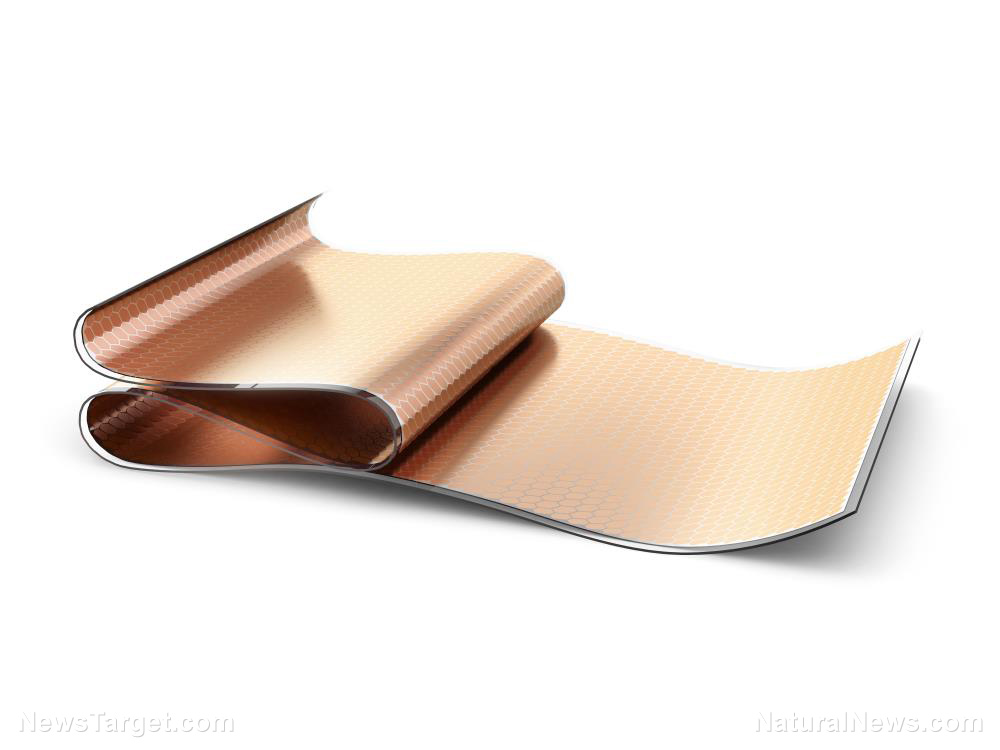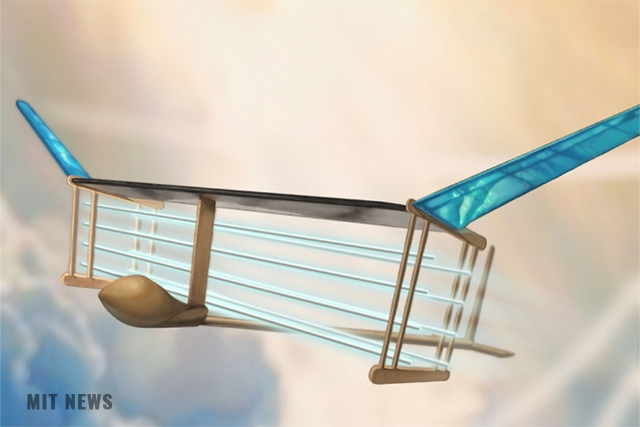Making better solar panels with graphene
03/07/2019 / By Edsel Cook

Solar energy will benefit from the latest discovery regarding the pure form of a supermaterial. American researchers have found a way to enhance the charge and energy flow of graphene, which in turn can be applied to devices that harvest light.
Graphene is made up of carbon atoms that are arranged in a hexagonal lattice. Produced in sheets with the thickness of a single atom, it demonstrates a high capacity for electric currents and conducts heat very well.
The researchers made several different types of odd geometric shapes out of pure graphene. The different shapes are connected to each other, and their points of attachment creates cramped areas that generate surprisingly big amounts of electric current when they got hit by light.
Based on the results of their experiment, the University of California Riverside (UCR) researchers concluded that pristine graphene could turn light into electricity with extreme efficiency. The pure form of the supermaterial could be used to create light detectors with greater speeds and efficiency.
Eventually, they think pure graphene could also be used to supercharge the performance of solar panels. (Related: New “smart” fabrics will allow you to wear your electronics.)
No need for p-n junctions; pristine graphene can produce photocurrents easily
Theoretically, graphene could absorb the entire spectrum of light. This property makes it a great material for devices that need to detect different frequencies of light, such as optical or infrared.
Most light-harvesting devices could only generate a photocurrent in a junction between two different semiconductor materials. Within such “p-n junctions,” light is turned into an electric current that can be sent through the very different regions of the materials.
“But in graphene, everything changes,” said UCR researcher Nathaniel Gabor. He explained that the charge of the pristine graphene is completely neutral until it is connected to a device.
By sending voltage into a metal that was touching the graphene, it became possible to induce an electronic charge in the sheet. The charge could be positive, negative, or even balanced to maintain the charge neutrality of the material.
Gabor and his teammates reported that this was the first-observed instance of a photocurrent forming in charge-neutral graphene that did not have any p-junctions. Given that the material is extremely thin, it could be used to create semi-transparent devices that performed photoelectric activity themselves. Graphene could also improve the performance of other light-gathering devices, such as sensors and photovoltaic cells.
Graphene might not be a semiconductor, but it sure acts like one
This was not Gabor’s first experiment with graphene. His team earlier published the results of a study where highly energized charge carriers in graphene were shown to produce a photocurrent.
In that study, the researchers found that high-energy electrons in graphene “relax” when the material got hit by light. These hot particles went on to form a group of cooler electrons, which in turn could flow as an electric current.
Graphene is not considered a semiconductor; but it can produce considerable currents thanks to its population of hot electrons that were stirred up by light.
Gabor attributed this strange behavior to the electronic structure of graphene. The supermaterial was very efficient when it came to turning light into electronic energy. The resulting current can cover large distances within the sheet.
The results of his two studies appear to verify years-old theories on the electronic behavior of pristine graphene. The unexpected electronic medium finally lived up to expectations that it would allow electrons to act like a liquid. Graphene itself would transfer the electronic current with no need for physical interaction.
Sources include:
Tagged Under: Graphene, graphene technology, new tech, photovoltaic cell, photovoltaic technology, semiconductors, solar energy, supermaterials



















